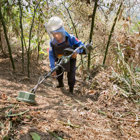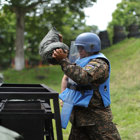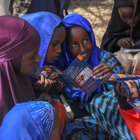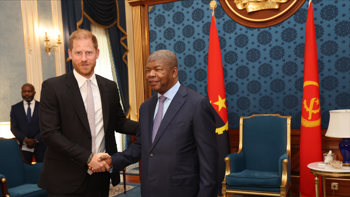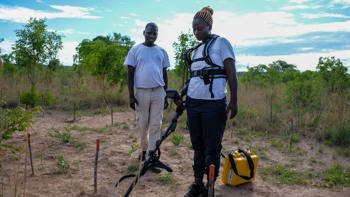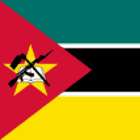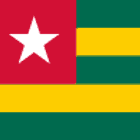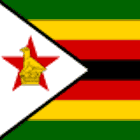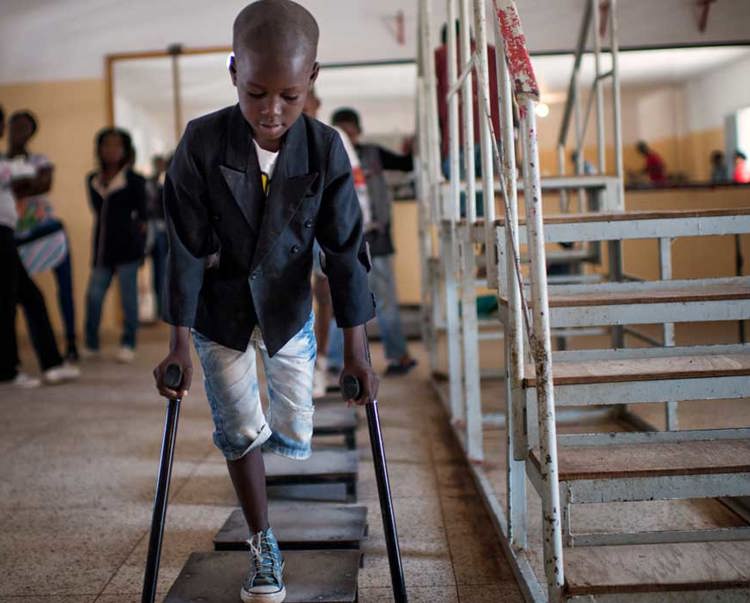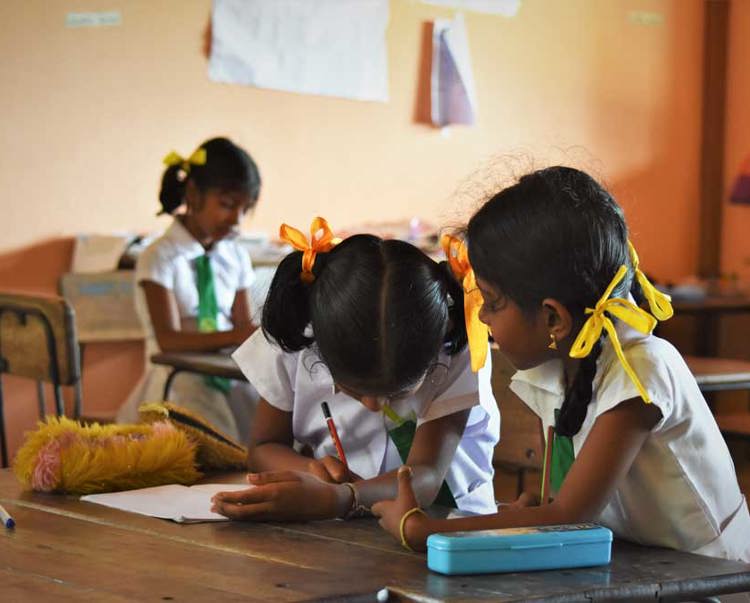Angola sits on the Atlantic coast in the southern part of Africa.
HALO began work in Angola in 1994, initially focusing solely on minefield clearance. We've continued to work hard to make Angolan land safe for its people for more than 30 years.
In 2000, we expanded our programme to encompass risk education. We've since delivered 3,000 training sessions, helping to prevent devastating accidents until we can remove the mines for good.
In 2015 we started to collect and destroy weapons, along with tons of ammunition. We're doing this work in partnership with the Angolan police and military, to reduce the risk of armed violence and unplanned explosions.

Situation in Angola
Angola's 27-year civil war finally ended in 2002. Landmines and explosives littered fields, villages and towns, killing and injuring thousands of people. Some estimates suggest that around 88,000 Angolans were casualties of landmines.
At the end of 2024, just over 1,000 minefields remained, covering an estimated 67 sq km.
In the southeast, Cuando Cubango is home to some of Angola's most complex and dangerous minefields. It's also the site of the most historically significant battles from the civil war. The civilian accident rate in Cuando Cubango is high and the mines affect some of the country's most vulnerable people.
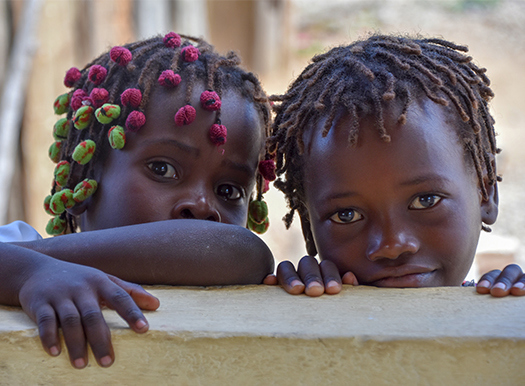
HALO's work and impact in Angola
HALO has destroyed over 123,000 landmines in Angola since 1994. The city of Huambo hit the headlines in 1997 with Princess Diana's ground-breaking walk through one of its minefields. The entire provinces of Huambo and Benguela are now free from the impact of mines and their capitals are thriving cities.
HALO's work in Angola has cleared land equivalent to almost 6,000 football pitches. This land can now be used for growing crops, building schools, and developing the country.
The railway line that runs along the Lobito Corridor, through the heart of the country, is key to Angola's development. Removing mines along the railway opens up access to the Corridor, enabling investment in road and rail infrastructure. This supports exports in the growing renewable energy market, attracting international investment and creating opportunities for Angola.
Women in demining
HALO Angola has been a pioneer of female empowerment in mine clearance, since launching our 100 Women in Demining initiative in 2017. We recruited and trained 128 local women, growing our female staff from 3% in 2017 to 44% in 2024.
Filomena joined HALO after watching deminers clear land around her village in Benguela. She has risen through the organisation to become a Sub-Unit Commander, leading her own teams in the minefield. Her role gives her skills, status, and a secure income, allowing her to support her two young daughters.
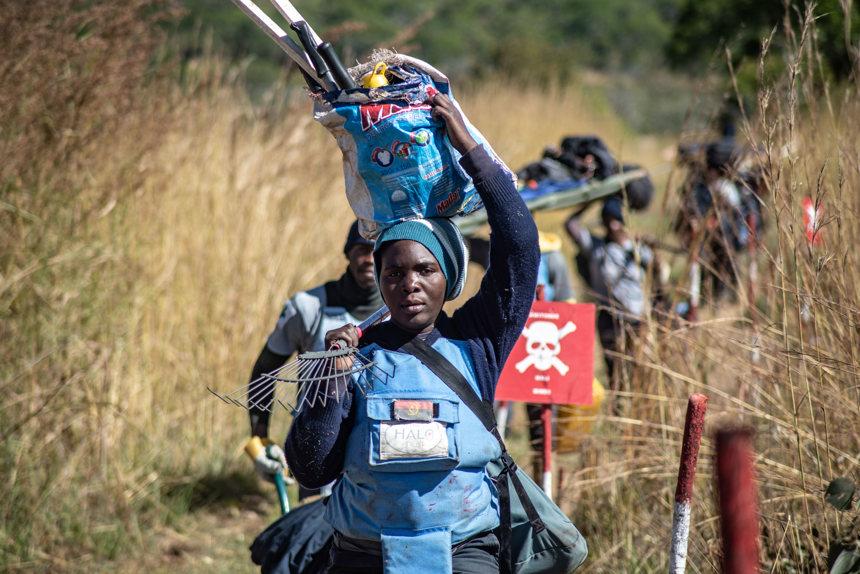
Conservation in Angola
The Government of Angola's leadership on mine clearance has been transformational. They made a unique commitment of $60 million to clear landmines in two national parks in the southeast of the country. This led to investment in scientific research and conservation across the region.
This area is home to one of the most biodiverse ecosystems on the planet. This has the potential to attract tourism and help secure Angola's wildlife as part of the Kavango Zambezi Transfrontier Conservation Area.
None of this is possible while landmines remain in the ground.
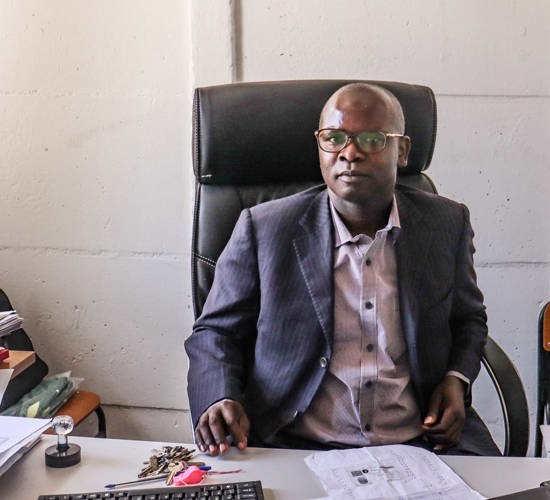
"Without the mine clearance, Cuito would not be as developed as we see it today, and the number of deaths and accidents would have been forever increasing, so we are very grateful for this mine clearance."
Latest news from Angola
Beyond Bombs podcast: The princess and the minefield
In 1997, nobody had heard of The HALO Trust. Little was known about landmines and their legacy. Until the most famous woman in the world walked through a minefield being cleared by HALO in Angola.
Hear the story of that day from Paul Heslop, the man who escorted Princess Diana and was responsible for keeping her safe. Her walk highlighted the landmine problem to billions of people around the world and was a landmark moment for our cause.
Huambo minefields: then and now

Princess Diana's iconic minefield walk, 1997

Former minefield, Huambo, 2024


